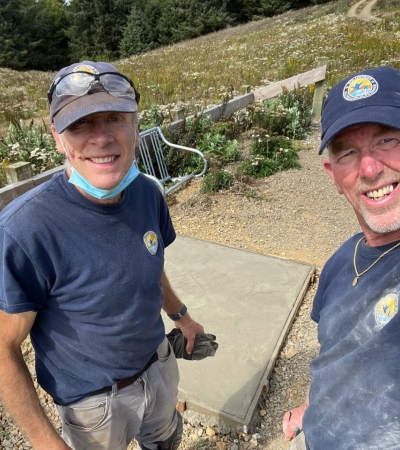Facility
Location
16001 Corn Creek Road
Las Vegas, NV 89124
United States
Volunteer Position Overview
About This Position
Volunteers needed for the following 2- or 3-month commitments:
· September – October 2025
· March – May 2026
Spend your days in the beautiful Mojave Desert of Desert National Wildlife Refuge! This volunteer position assists with general maintenance duties, and is located at Corn Creek, the main gateway to the 1.6-million-acre refuge. The Visitor Center has a wonderful exhibit hall, small store and classrooms, plus modern administrative facilities. It provides access to an accessible front-country trail system and has excellent birding and wildlife viewing opportunities. To learn more about the refuge go to www.fws.gov/refuge/desert. There is also a film about the refuge (https://vimeo.com/86424950).
The weekly schedule for volunteers is typically 4 days on-duty/3 days off-duty. The daily schedule may vary. Upon request, couples can largely work the same days but may not have the same daily schedule. Exceptions may be necessary occasionally.
The refuge is located about 30 minutes northwest of Las Vegas, NV. Nearby recreation includes a 20-minute drive to Mt. Charleston (Spring Mountains National Recreation Area), and 45-minute drive to Red Rock Canyon National Conservation Area or Lake Mead National Recreation Area. Grand Canyon, Zion, Bryce Canyon and Death Valley National Parks are all less than a half day's drive from the refuge.
ENVIRONMENTAL HAZARDS. Please be aware that this position involves working in extreme heat (100+ degrees) and possible contact with sharp objects including cacti and scorpions.
RV or motor home utility hook-ups for electric, water, and sewage available. No propane.
The commitment requires at least 24 hours/week per resident.
When applying, please provide contact information for three references. Two references should be professional. If applying as couple, please provide both applicant names.
Stories About Volunteering
Other Ways to Work with Us
Are you looking for something different than a volunteer opportunity? The Fish and Wildlife Service employs around 9,000 people nationwide and offers great internship opportunities every year.







